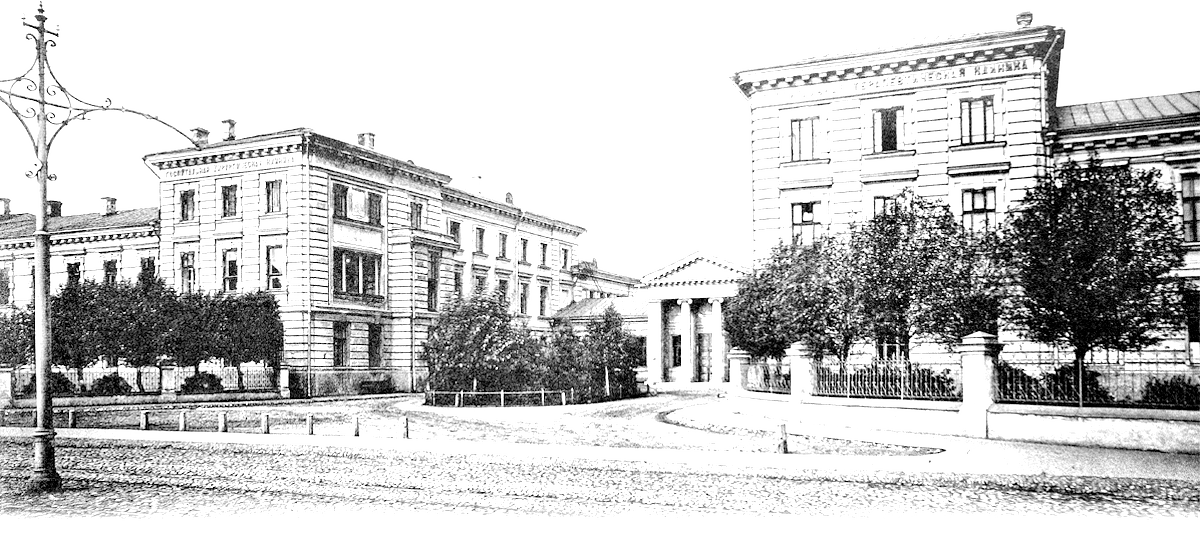The best medical equipment
- Details
- Published: 11 November 2018
Modern, in some cases unique, hardware equipment of leading European and Japanese manufacturers allows to perform high-quality diagnostic and achieve the best result of treatment in the Department of Urology at Sechenov University.
Various types of high-resolution tomography and ultrasonography, as well as the latest generation endoscopic technique, help visualize the kidneys, urinary tract, prostate gland and male genitalia, determine the nature of the pathological process and plan corrective tactic.
The doctors of the clinic were the first in Russia, who introduced a prostate gland histoscanning. During the study, information about the condition of the tissue is collected using a special ultrasonic sensor, and then undergoes computer analysis at the cellular level. When cancer foci are detected, it is assessed with biopsy. Detection of a tumor at an early stage makes it possible to carry out an operation with high efficiency and save the patient from prostate cancer.
Urodynamic examination of urination disorders are performed with the devices of the expert class such as UROCAP and DUET. It is allows the doctor to choose the optimal tactics of treatment, determine whether surgery is necessary or drug therapy is enough.
Surgery is performed with a HARMONIC ultrasound scalpel. It eliminates bleeding, and skin incisions with such a scalpel are so small that it does not require the imposition of postoperative sutures.
Our clinic is equipped with a specialized X-ray endoscopic operating room for the treatment of urolithiasis by Siemens company. There is a whole set of shock-wave lithotripters based on electromagnetic generators, any percutaneous aids (endoscopic methods) are performed. Doctors have the opportunity to remove stones of any size and composition and fully preserve and cure the kidney. Effective treatment is possible even with acute forms of urolithiasis, when it is necessary to remove the staghorn calculi (large), infected (causing inflammation in the urinary tract) and impacted (fixed) kidneys or ureter stones.
MSCT is performed with 64-slice Toshiba and General Electric computed tomographs with a slice thickness of 0.6 mm, which ensures maximum sharpness of images. It allows to fully assess the condition of the urogenital system, at the same time provide information about the pancreas, liver, spleen, large vessels. Efficiency in detecting stones is 100%.
For the diagnostic of urological diseases in women during pregnancy, magnetic resonance imaging is used, which has no teratogenic effect and does not pose a danger to the fetus. There is a superconducting high-voltage tomograph "Magnetom Verio" by Siemens company with a magnetic field strength of 3 Tesla, which is the maximum value in modern medicine.
If cancer is suspected, radioisotope assessing (scintigraphy) are carried out in modern rotary gamma cameras (emission tomographs) by General Electric company. Dynamic and static nefroscintigrafiya allow to assess the functional state of the kidneys, which is especially important when deciding whether to remove the organ. Osteoscintigraphy makes it possible to be certain whether the bones of the skeleton are affected during the tumor process.




